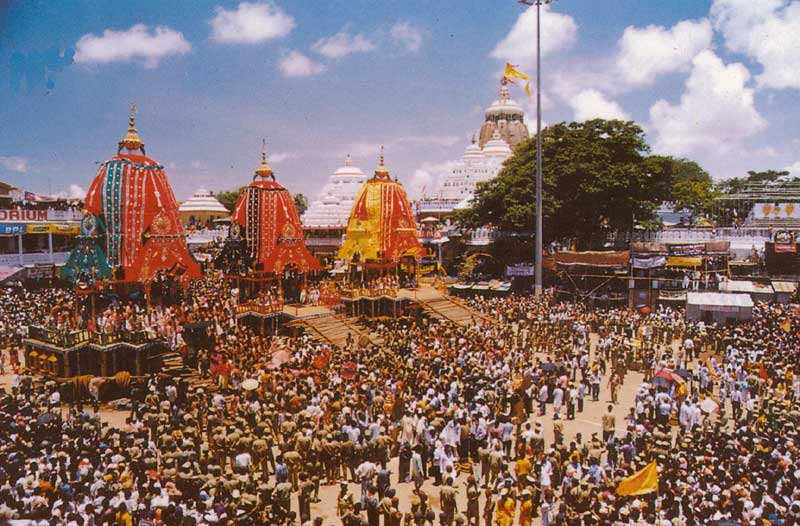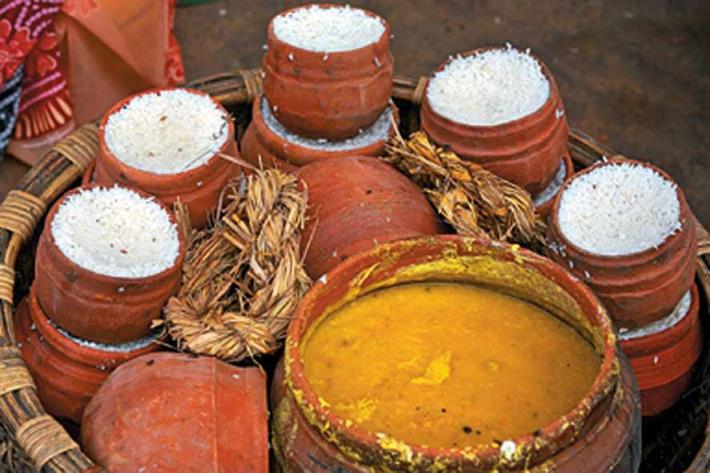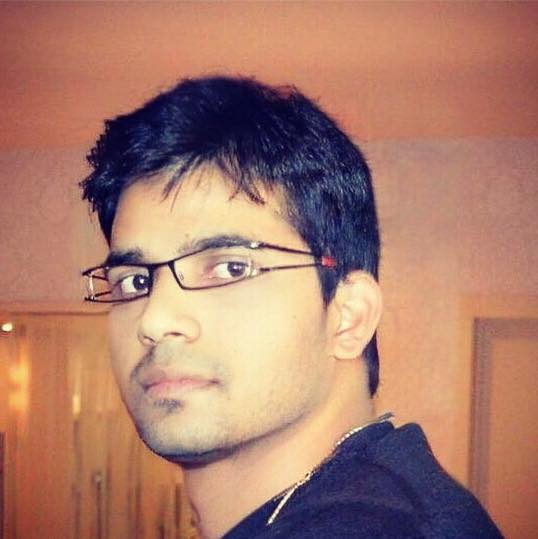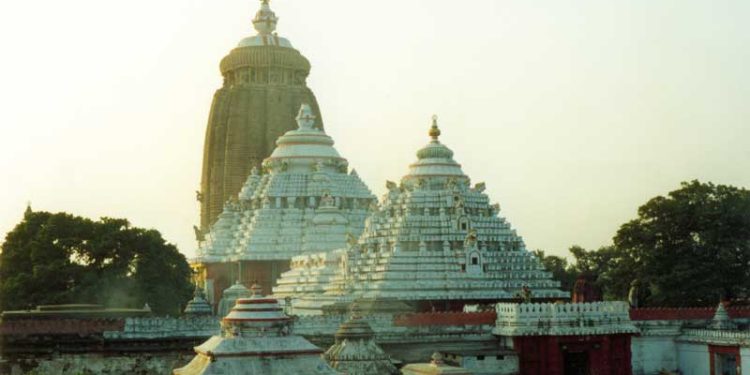The temple is an important pilgrimage destination for many Hindu traditions, particularly worshippers of god Krishna and god Vishnu, and part of the Char Dham pilgrimages that a Hindu is expected to make in one’s lifetime
Shrine’s History
According to the recently discovered copper plates from the Ganga dynasty, the construction of the current Jagannath temple was initiated by the ruler of Kalinga, ‘Anantavarman Chodaganga’. The Jaga Mohan and the Vimana portions of the temple were built during his reign . However, it was only in the year 1174 CE that the Oriya ruler Ananga Bhima Deva rebuilt the temple to give a shape in which it stands today. Jagannath worship in the temple continued until 1558when Odisha was attacked by the Afghan general Kalapahad. Subsequently, when Ramachandra Deb established an independent kingdom at Khurda in Orissa, the temple was consecrated and the deities reinstalled

Legends Associated with This Shrine
The traditional story concerning the origins of the Lord Jagannath temple is that here the original image of Jagannath (a deity form of Vishnu) at the end of Treta yuga manifested near a banyan tree, near seashore in the form of an Indranila mani or the Blue Jewel. It was so dazzling that it could grant instant moksha, so the god Dharma or Yama wanted to hide it in the earth, and was successful.
In Dvapara Yuga King Indradyumna of Malwa wanted to find that mysterious image and to do so he performed harsh penances to obtain his goal. Vishnu then instructed him to go to the Puri seashore and find a floating log to make an image from its trunk. The King found the log of wood. He did a yajna from which god Yajna Nrisimha appeared and instructed that Narayana should be made as fourfold expansion, i.e. Paramatma as Vasudeva, his Vyuha as Samkarshana, Yogamaya as Subhadra, and his Vibhava asSudarsana. Vishwakarma appeared in the form of an artisan and prepared images of Jagannath, Balabhadra and Subhadra from the tree.
When this log, radiant with light was seen floating in the sea, Narada told the king to make three idols out of it and place them in a pavilion. Indradyumna got Visvakarma, the architect of Gods, to build a magnificent temple to house the idols and Vishnu himself appeared in the guise of a carpenter to make the idols on condition that he was to be left undisturbed until he finished the work. But just after two weeks, the Queen became very anxious. She took the carpenter to be dead as no sound came from the temple. Therefore, she requested the king to open the door. Thus, they went to see Vishnu at work at which the latter abandoned his work leaving the idols unfinished. The idol was devoid of any hands. But a divine voice told Indradyumana to install them in the temple. It has also been widely believed that in spite of the idol being without hands, it can watch over the world and be its lord. Thus the idiom

Architectural Relevance of This Shrine
The huge temple complex covers an area of over 400,000 square feet. and is surrounded by a high fortified wall. This 20 feet high wall is known as Meghanada Pacheri. Another wall known as kurma bedha surrounds the main temple. It contains at least 120 temples and shrines. With its sculptural richness and fluidity of the Oriya style of temple architecture, it is one of the most magnificent monuments of India.
The temple has four distinct sectional structures, namely – Deula, Vimana or Garba griha where the triad deities are lodged on the ratnavedi. In Rekha Deula style; Mukhashala; Nata mandir/Natamandapa, which is also known as the Jagamohan, and Bhoga Mandapa. The main temple is a curvilinear temple and crowning the top is the ‘srichakra’ of Vishnu. Also known as the “Nilachakra”, it is made out of Ashtadhatu and is considered sacrosanct.
Among the existing temples in Orissa, the temple of Shri Jagannath is the highest. The temple tower was built on a raised platform of stone and, rising to 214 feet above the inner sanctum where the deities reside, dominates the surrounding landscape. The pyramidal roofs of the surrounding temples and adjoining halls, or mandapas, rise in steps toward the tower like a ridge of mountain peaks.

Shrine’s Map Location and How to Go There
By Road
The bus stand near the Gundicha Temple provides connections to Bhubaneswar and Cuttack, service every 10-15 minutes. Minibuses to Konark leave every 20-30 minutes and also from Jatiababa Chhak. There are direct buses for Kolkata and Visakhapatnam.
By Rail
Puri is a terminus on the East Coast Railway having direct express and super fast train links with New Delhi, Mumbai, Kolkata, Okha, Ahmedabad, Tirupati etc. Some important trains are Kolkata Puri Howrah Express, Jagannath Express; New Delhi; Purushottam Express. Khurda Road Station, 44 km, from Puri is convenient to rail head for the train to Chennai and Western India.
By Air
Nearest airport to Puri is Bhubaneshwar’s Biju Patnaik airport, at a distance of nearly 60 kilometres. Daily flights connect this airport with major Indian cities like Delhi, Mumbai, Kolkata, Chennai and Vishakhapatnam. Puri railway station is reachable from Puri city.

Shrine Timings
Open from5 AM – 9PM
Events Celebrated at This Shrine
There are elaborate daily worship services. There are many festivals each year attended by millions of people. A large number of traditional festivals are observed by the devotees of Jagannath. Out of those numerous festivals, twelve are important.
Snana Yatra
Ratha Yatra or Sri Gundicha Yatra
Sri Hari Sayan
Utthapan Yatra
Parswa Paribartan
Dakhinayan Yatra
Prarbana Yatra
Pusyavishek
Uttarayan
Dola Yatra
Damanak Chaturdasi
Akshaya Tritiya
Extra Information About this Shrine
Puri is a significant pilgrimage center for Hindus, situated in Puri district in the Indian state of Orissa. Located towards the south of Bhubaneshwar, capital of Orissa, Puri is one of the holy cities in India and one of the Dhams out of four, according to Chaar (four) Dham Yatra of Hindus. It is believed that ones pilgrimage journey is unfinished without a visit to this place.
This coastal district situated at Bay of Bengal is known for its architectural magnificence and spiritual significance. This place is also famously referred to as Jagannath Puri after the revered Jagannath temple situated at this city.
Various other attractions in Puri are Shree Jagannath Puri Temple,Swargadwar Beach,Narendra Tank,Markandesvara Temple,Ganesha Temple,Puri Beach,Jagannath Rath Yatra,Lakshmi Temple,Chilika Lake,Loknath Temple,Museum and Sudarshan Workshop,Gundicha Temple,Vimala Temple,Mausi Ma Temple,Sakshi Gopal etc.














































